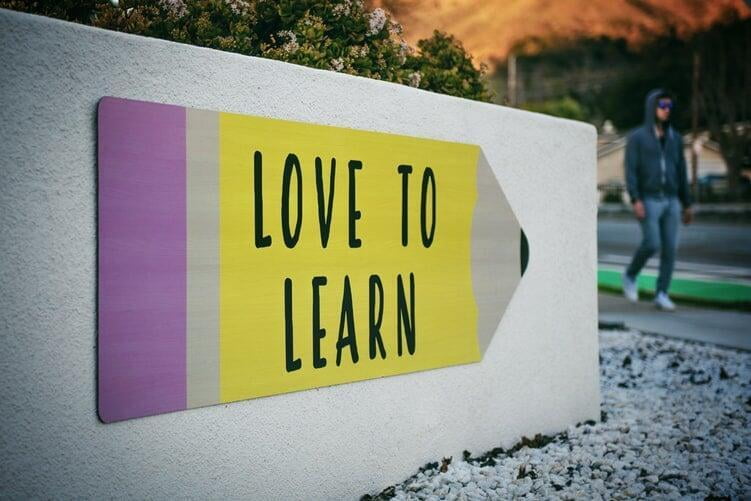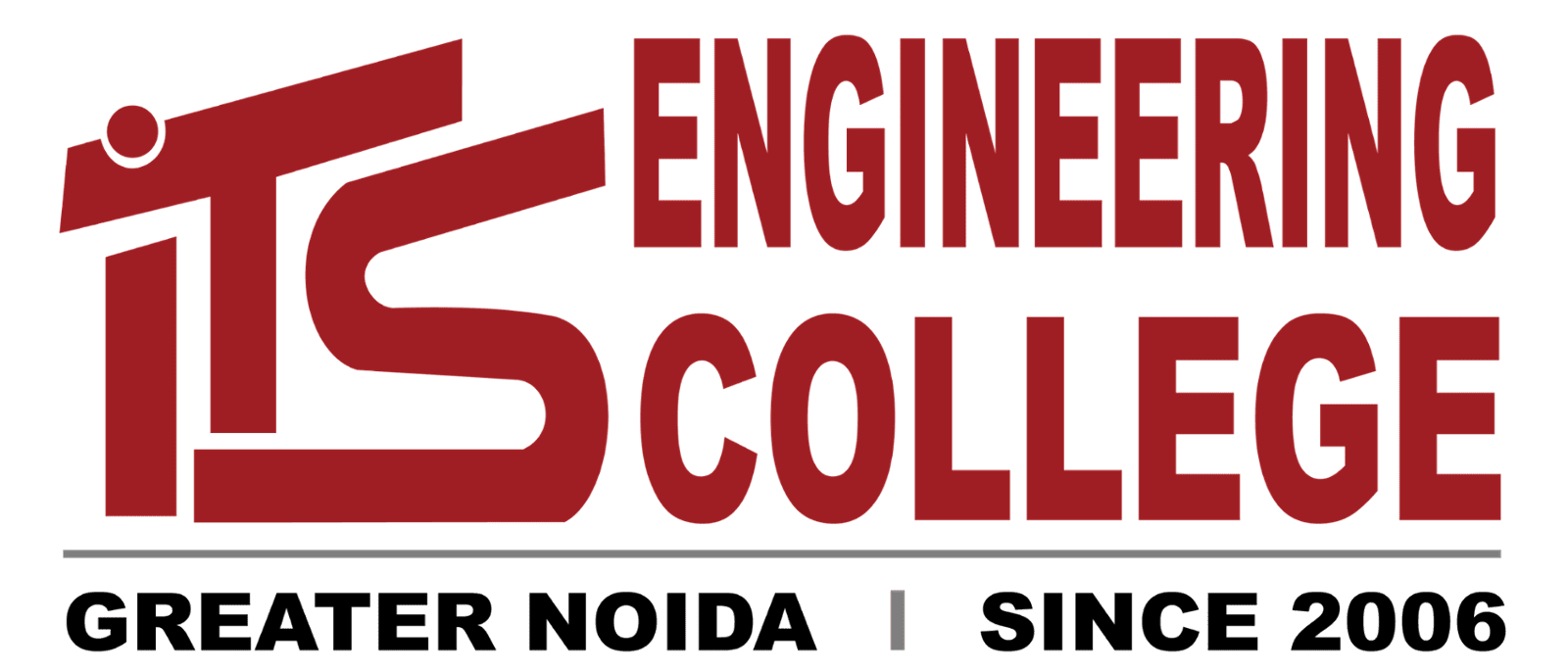Change is the only constant -- even in Education. Education is benefitting from trends across sectors from the integration of technology to making hard sciences a more creative process to encourage innovation.

1. Digital citizenship
Technology has become pervasive in our lives as well as our classrooms. Using Google for a research project is no longer a luxury but the norm. While the debate on how to use the technology is still on, it is no longer avoidable.
Digital citizenship is going to become a crucial aspect of an educational curriculum as it provides a safe opportunity for students to question, discuss and consider safe and appropriate use of technology.
Digital citizenship is about providing the students with the tools and knowledge to make the right decisions. Parents and schools have limited control over how students partake in social media; hence, educating students on why and how to create a positive digital footprint that they are proud of is essential to any educational curriculum.
2. Integrating creativity in hard sciences
There has been a shift from teaching sciences as an insular, subject to teaching science so students can make useful connections with the real world.
Creating this shift helps students see science in everything that we do, be it to think about mathematical proportions when making pancakes to using different measurements for ingredients, time for measuring beats in music or even working on projects in English, social studies and science.
3. Making education more interactive
Learning must be made interesting and fun, less intimidating for a range of learning styles. A crucial element in learning is that children should not be told that they're way of thinking is wrong, instead encourage them to build on further insights in a positive way.
This technique is in the line of the socratic way of questioning and must be implemented in education as much as possible to encourage critical thinking, especially while introducing a new concept.
Hands-on activities help make academics more tangible for students and becomes a bridge to abstract thinking. Using interactive games in class, both on and off-line reinforces concepts and gets children out of their seats and moving. It could be a competitive quiz on the iPad app Kahoot, or a race to order various decimal numbers.
Sometimes a video on a concept from YouTube can provide the right start to learning for the day. Each concept and learning style give a plethora of opportunities to experiment and helps make every subject a fun and interesting concept.
Encouraging team work helps develop communication and problem solving skills in a cooperative way and provides children the opportunity to present their solutions in their own way, while receiving feedback from other class members.
4. Parent engagement will become more digitised
In the digital age, parent engagement with the school and their children will become more digitised. Parents will be able to receive communication from their school and individual teachers on the progress made by students and know where to provide assistance.
5. Maker space
A maker space provides hands-on, creative ways to encourage students to design, experiment, build and invent as they deeply engage in science, engineering and tinkering.
A maker space takes collaborative elements from a science lab, crafts corner, computer lab or an art room to create something of an impact.
On line of the modern approach to learning, maker spaces encourage students to consume and not just create, promoting learning through experimentation and creativity. Maker spaces are cross disciplinary and truly combine all the skill sets and knowledge students learn in other classes.


